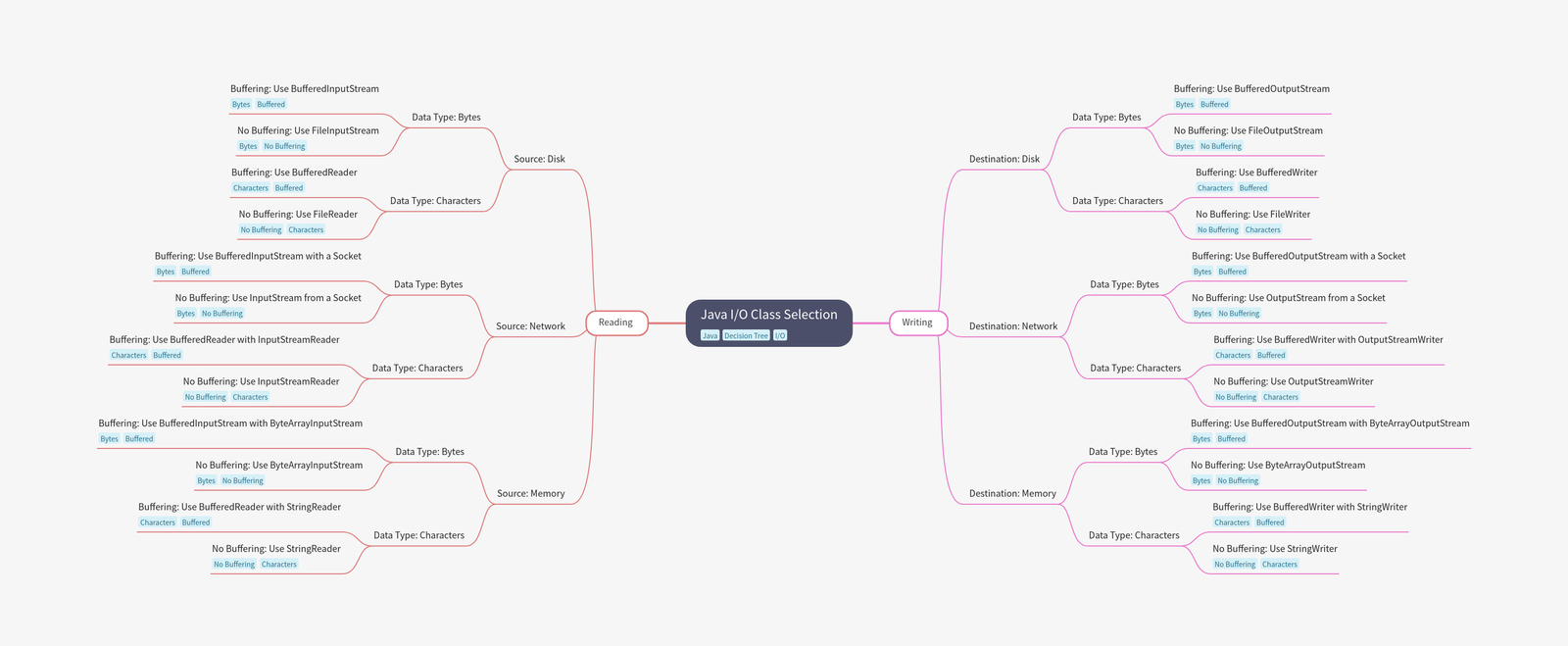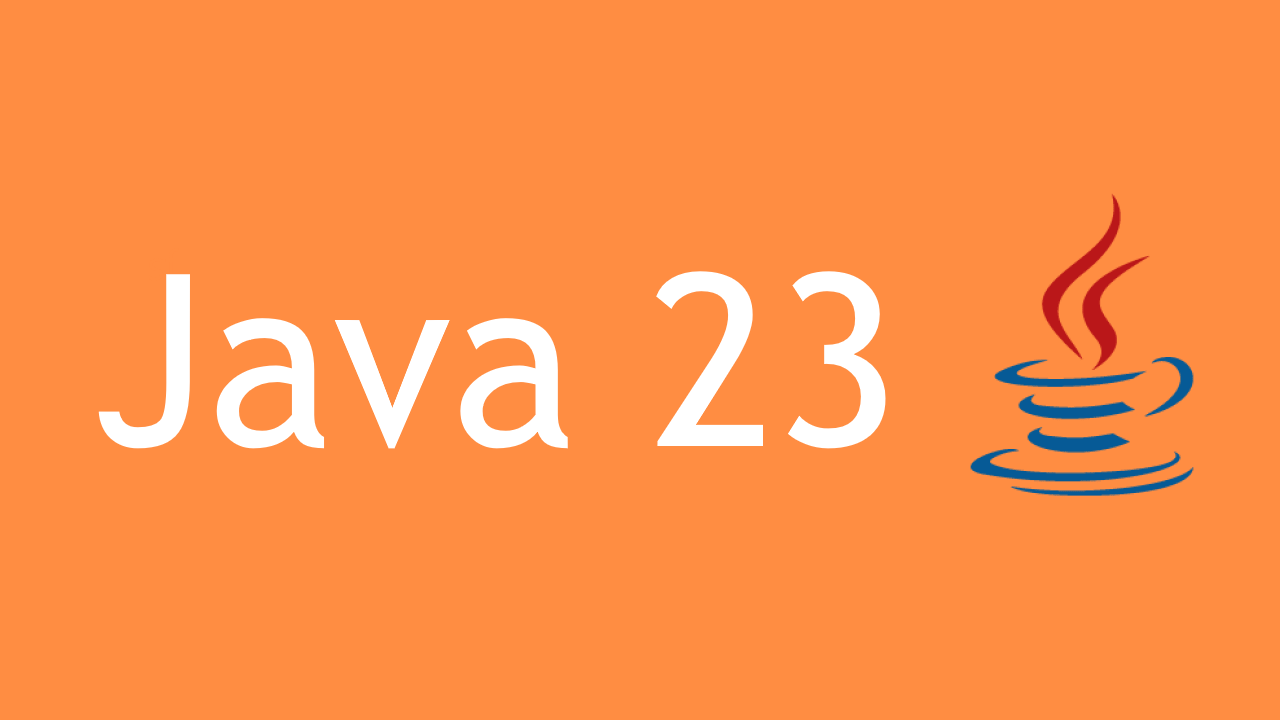In many Java applications, it’s common to have collections of objects that need to be grouped by a shared attribute. In this article, we’ll demonstrate a method for grouping a list of User objects by their unique IDs, using Java’s Stream API and Collectors.groupingBy function. This technique can streamline your code and make accessing grouped data simpler.
Key Objective: Grouping Users by ID
Our goal is to categorize a list of users by their ID. Users with the same ID will be stored together in a Map, where each key is a unique ID and its corresponding value is a list of User objects sharing that ID.
Solution: Java Code for Grouping Users by ID
To achieve this, we will use Collectors.groupingBy, a feature in the Stream API designed specifically for such grouping tasks.
Example Code
Below is a complete example of how to group User objects by ID using Collectors.groupingBy.
import java.util.Arrays;
import java.util.List;
import java.util.Map;
import java.util.stream.Collectors;
class User {
private int id;
private String name;
public User(int id, String name) {
this.id = id;
this.name = name;
}
public int getId() {
return id;
}
@Override
public String toString() {
return "User{id=" + id + ", name='" + name + "'}";
}
}
public class UserGrouping {
public static void main(String[] args) {
List<User> users = Arrays.asList(
new User(1, "Alice"),
new User(2, "Bob"),
new User(1, "Charlie")
);
Map<Integer, List<User>> groupedUsers = users.stream()
.collect(Collectors.groupingBy(User::getId));
System.out.println("Grouped Users by ID: " + groupedUsers);
}
}Explanation of Grouping by ID in Java
Let’s break down each part of the code:
- Stream and Collect Operation: We start by calling
users.stream()to create a stream ofUserobjects. - Using
Collectors.groupingBy: This method accepts a classifier function. In this case, we useUser::getIdto specify that users should be grouped by theirid. The result is aMap<Integer, List<User>>, where each key represents an ID, and each value is a list ofUserobjects associated with that ID. - Map Output: The output of this approach is a structured map that categorizes users by their ID. This makes it easier to access all users associated with a particular identifier.
Practical Use Case for Grouping Users by ID
This grouping technique can be valuable in scenarios where we need to handle user data that includes relationships between entities. For example:
- Customer Management: Group customers by a unique identifier to analyze all activities of each customer.
- Access Control: When managing access permissions, group users by ID to assign permissions collectively.
Output Example
The output from the code above will look like this:
Grouped Users by ID: {1=[User{id=1, name='Alice'}, User{id=1, name='Charlie'}], 2=[User{id=2, name='Bob'}]}Alternative Techniques for Grouping
If your data structure is more complex or you need additional operations, consider these alternatives:
- Using a Custom Collector: If you need custom transformations within each group, a
Collectorcan be customized. - Mapping with Additional Filtering: Combine
Collectors.groupingBywithCollectors.filteringto group and filter users based on multiple criteria.
Key Takeaways for Effective Grouping in Java
- Choose the Right Classifier: The
User::getIdclassifier groups users by ID, but other attributes can be used depending on the requirement. - Stream API Flexibility: The Stream API, with methods like
filter,map, andgroupingBy, is highly adaptable for data manipulation. - Error Handling: In cases where an ID might be null or missing, handling potential nulls prevents runtime errors and ensures clean grouping.
Grouping objects by attributes such as ID is a fundamental technique in Java that simplifies data organization. By leveraging the Collectors.groupingBy method, we efficiently group our users based on their unique identifiers, making data easier to analyze and manipulate.






Leave a Reply